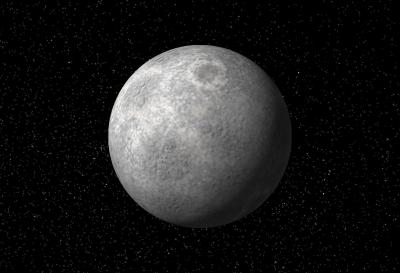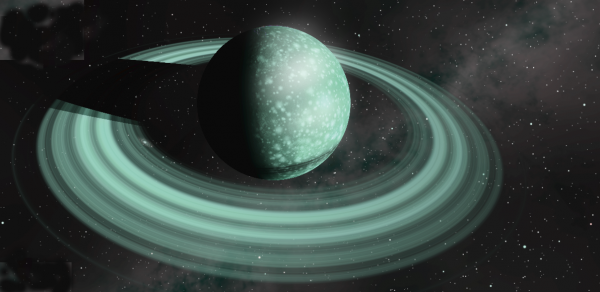BY LETTER
Ymirian Worlds
Worlds made almost entirely of ices | |
 Image from Steve Bowers | |
| Sheol | |
Formerly know as Glacian Type Worlds.
Planets and planetoids found in the most distant parts of the solar system, almost completely composed of ices, generally with little or no atmosphere. Smaller objects of this type are known as Kuiperian type worlds. The most common ices are water ice, ammonia ice, and on extremely cold worlds, layers of nitrogen ice and carbon monoxide ice may be present.These worlds have either a very small or an entirely absent rocky core.
Typically there is no atmosphere, as nearly all gases found at these temperatures freeze out onto the surface. However tidal interactions with the primary world, or with moons if present, may lead to outgassing in the form of cryovolcanoes. Note that around 5% of all Ymirian worlds have their own satellite(s), while a significant fraction of all such worlds are found orbiting larger worlds.
 Image from Steve Bowers | |
| Utmig's ring system, a relatively transient feature | |
See also Ymirian in the Extended World Classification System.
Examples: Sheol, Cynthia, Aminon, Utmig
Related Articles
Appears in Topics
Development Notes
Text by John M. Dollan
Initially published on 18 November 2008.
Initially published on 18 November 2008.






